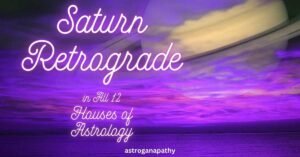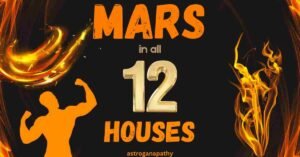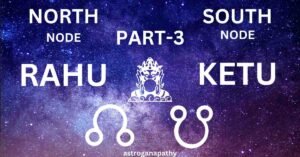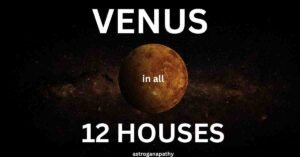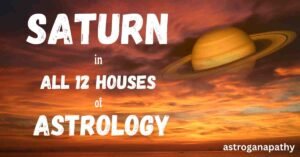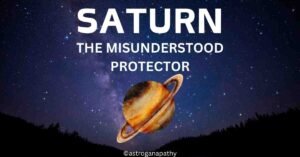- Saturn Retrograde in All 12 Houses of Astrology
- Atmakaraka Venus: Treading the Path to Salvation Transforming Aesthetics to Ascetics
- Venus in All Zodiac Signs: Expressing Love Beyond Dimensions to Navigate Compatibility & Materialism
- Mars in All 12 Houses of Astrology: Decoding Willpower & Perseverance Part-1
- Saturn in All Signs of Navamasa (D9) Chart: Understand your Karma to Manifest Fortune
- Decoding North Node and South Node Karmic Placements
- North Node and South Node: Rahu and Ketu in All 12 Houses Part 2
- Saturn Placement and Karmic Relationships with People: Part 2
- Saturn Placement in your Birth Chart and Karmic Relationships with People: Part 1
- Decoding Mysteries of Past Life & Instincts through North Node Rahu and South Node Ketu
- Through the Lens of Love: Beyond Perseverance Decoding Venus in All 12 Houses of Astrology
- Unexpected Destiny of Karma: Saturn in 12 Houses of Astrology
- Saturn: Karma and Rewards Driving Cycle of Time
- Sun: The Soul Unraveling Life
Vedic Astrology emphasises the mathematical calculations behind every person born on Earth (Mrityu-Loka meaning the place of death) with help of celestial bodies known as Planets.
The beginning of Vedic Astrology is dated back to 1500 BCE that lasted up to 500 BCE based in ancient India making it the most authentic source of Astrology and its understanding is evolutionary with time.
The collection of ancient texts, scriptures & manuscripts forms the basis of Sanatan Dharma (Hinduism) and this vast amount of knowledge is scattered across the understanding energies of everyone on this planet.
This is not just prescribed toward religion, but in fact, is applicable to any person on this Mrityu Loka who wants to understand their experiences in life and embark on a journey of understanding their own essence.
Over time, the practice of Vedic Astrology evolved and became more sophisticated, with the development of various astrological techniques and systems.
The Brihat Parashara Hora Shastra, a comprehensive text on Vedic Astrology, is believed to have been written in the 7th century CE and is still widely used today by astrologers.
Today, Vedic Astrology continues to be an important part of Indian culture and spirituality, with many people consulting astrologers for guidance on various aspects of their lives, including careers, relationships, and spirituality.
The knowledge and wisdom of Vedic Astrology have also been shared with people around the world, and it continues to gain popularity and recognition as a valuable tool for personal growth and self-awareness.
These energies that influence us are explained through our association with planets.
The planets are divided into two categories: the natural planets and the shadowy planets.
The natural planets occur in the universe as physical manifestations in form of celestial bodies, while the shadowy planets are calculated mathematically as the nodes across the Moon and Sun which are Rahu and Ketu, also known as the North and South Nodes of the Moon.
Each planet is associated with a particular sign of the zodiac, and its placement in a person’s birth chart can reveal a lot about their personality, strengths, weaknesses, and potential challenges. In this series of planets, we try to understand each of the Vedic Astrology planets in-depth.

